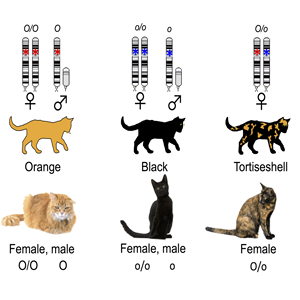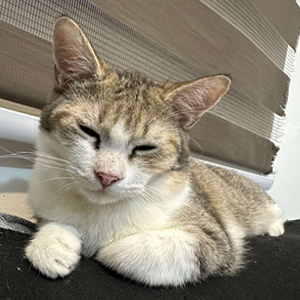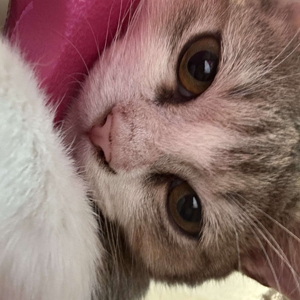|

|
How do chromosomes determine coat color?
Coat color is determined by the genes present on the cat's chromosomes. Like humans, their genes act as instructions for the production of pigments that give color to a cat's fur.
The two main pigments determining a cat's color are eumelanin (black or brown) and pheomelanin (orange or cream). The genes that control the production and distribution of these pigments are found on several different chromosomes, but the X chromosome plays a particularly significant role.
The gene for orange and black color is located on the X chromosome. Depending on which allele it has inherited, a cat will express either orange or black color. If a cat has two X chromosomes, as with females, it can have orange and black colors. This is due to a process called X-inactivation or lyonization, where one X chromosome in each cell is randomly 'turned off' during the cat's development.
|
|





